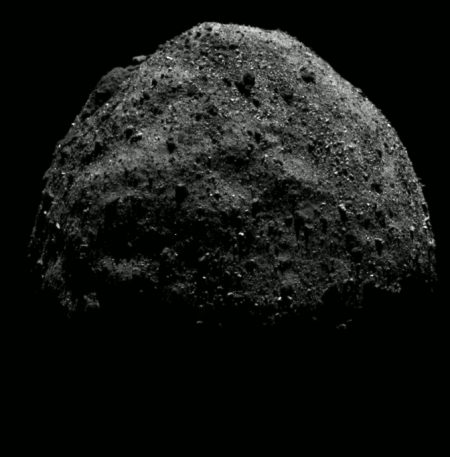Why the Drake equation is overrated
The uncertainty of science: An astrophysicist explains why the Drake equation is useless for predicting the number of alien species in the universe.
While the Drake equation may have spurred the early scientific discussion of the search for extraterrestrial intelligence, it doesn’t have much value beyond that. We can’t use to it further our understanding, and we can’t use it to properly guide our thinking. The huge uncertainties in the parameters, the unknown ways those uncertainties mix, and the absolute lack of any guidance in even choosing those parameters robs it of any predictive power. Prediction is at the heart of science. Prediction is what makes an idea useful. And if an idea isn’t useful, why keep it around?
I just wish this same logic was applied to all climate models. They are as useless. Their own huge uncertainties have made them utterly unable to predict anything, for decades. Yet, despite this ongoing failure, vast amounts of research money continues to be poured into the cottage industry that produces them. Worse, too many people in both the intellectual and journalist communities take them far too seriously.
It is a tragedy that is hurting science badly.
The uncertainty of science: An astrophysicist explains why the Drake equation is useless for predicting the number of alien species in the universe.
While the Drake equation may have spurred the early scientific discussion of the search for extraterrestrial intelligence, it doesn’t have much value beyond that. We can’t use to it further our understanding, and we can’t use it to properly guide our thinking. The huge uncertainties in the parameters, the unknown ways those uncertainties mix, and the absolute lack of any guidance in even choosing those parameters robs it of any predictive power. Prediction is at the heart of science. Prediction is what makes an idea useful. And if an idea isn’t useful, why keep it around?
I just wish this same logic was applied to all climate models. They are as useless. Their own huge uncertainties have made them utterly unable to predict anything, for decades. Yet, despite this ongoing failure, vast amounts of research money continues to be poured into the cottage industry that produces them. Worse, too many people in both the intellectual and journalist communities take them far too seriously.
It is a tragedy that is hurting science badly.








